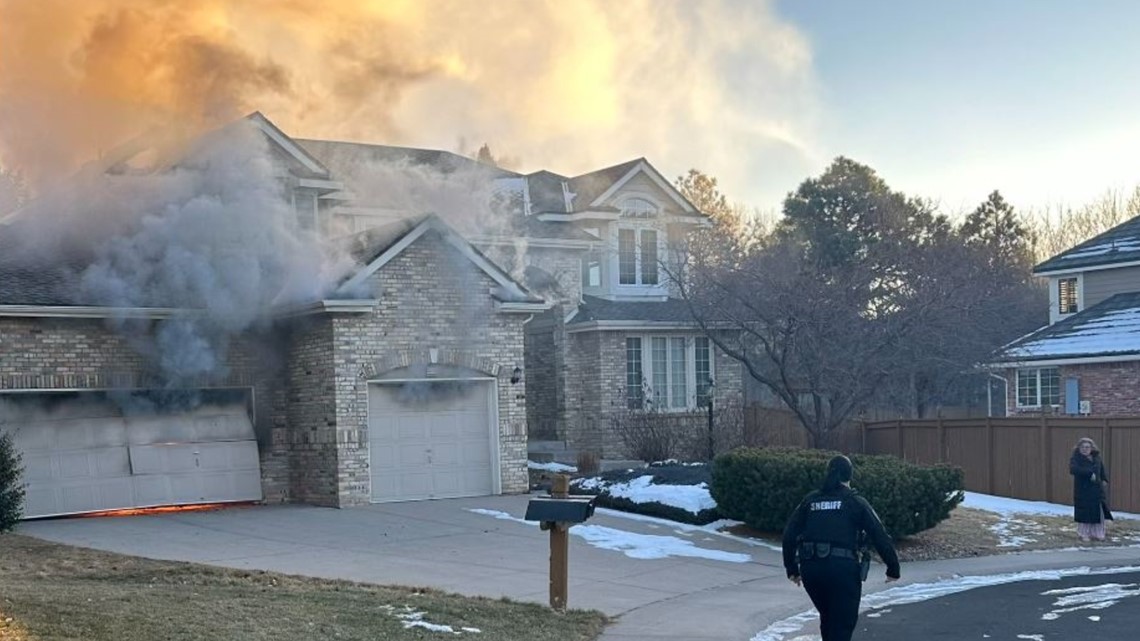There are three main conclusions, as shown below:
1: The TR trigger temperature of LFP battery is about 180 °C, which is higher than that of the NCM ternary battery, which is around 130–140 °C. If the severity of the battery’s TR is divided by temperature, NCM9 0.5 0.5 battery has the most intense TR in the early stage, while NCM523, NCM622, and NCM811 have multiple injection phenomena in the middle. The TR of the LFP battery is more intense at the end. From the perspective of thermal stability, the LFP battery is safer than the NCM battery.
2: Under standard conditions, the normalized gas production of NCM ternary battery is (1.8–2.8) L/Ah, while that of LFP battery is only 0.569 L/Ah. Based on battery gas production, the degree of harm caused by thermal runaway can be ranked as follows: NCM9 0.5 0.5 > NCM811 > NCM622 > NCM523 > LFP.
3: The gas generated during TR of LFP batteries contains a higher proportion of H2
, which results in a LFL for the gas produced by the LFP battery thermal runaway compared to the mixed gas produced during the NCM battery thermal runaway. Therefore, from the perspective of thermal runaway gas composition, the hazard ranking is LFP > NCM811 > NCM622 > NCM523 > NCM9 0.5 0.5.
In people’s impression, LFP batteries have better thermal stability compared to NCM batteries during normal use and thermal stability tests. However, in the case of a large-scale battery thermal runaway incident, such as in an energy storage power station, considering the gas production components, LFP batteries may be more dangerous. This paper points out the gas products generated after battery thermal runaway. In the future, by designing experiments, gas detection can be used as a signal factor for detecting thermal runaway accidents, providing new ideas and assistance for the safety design of large-scale energy storage systems.







